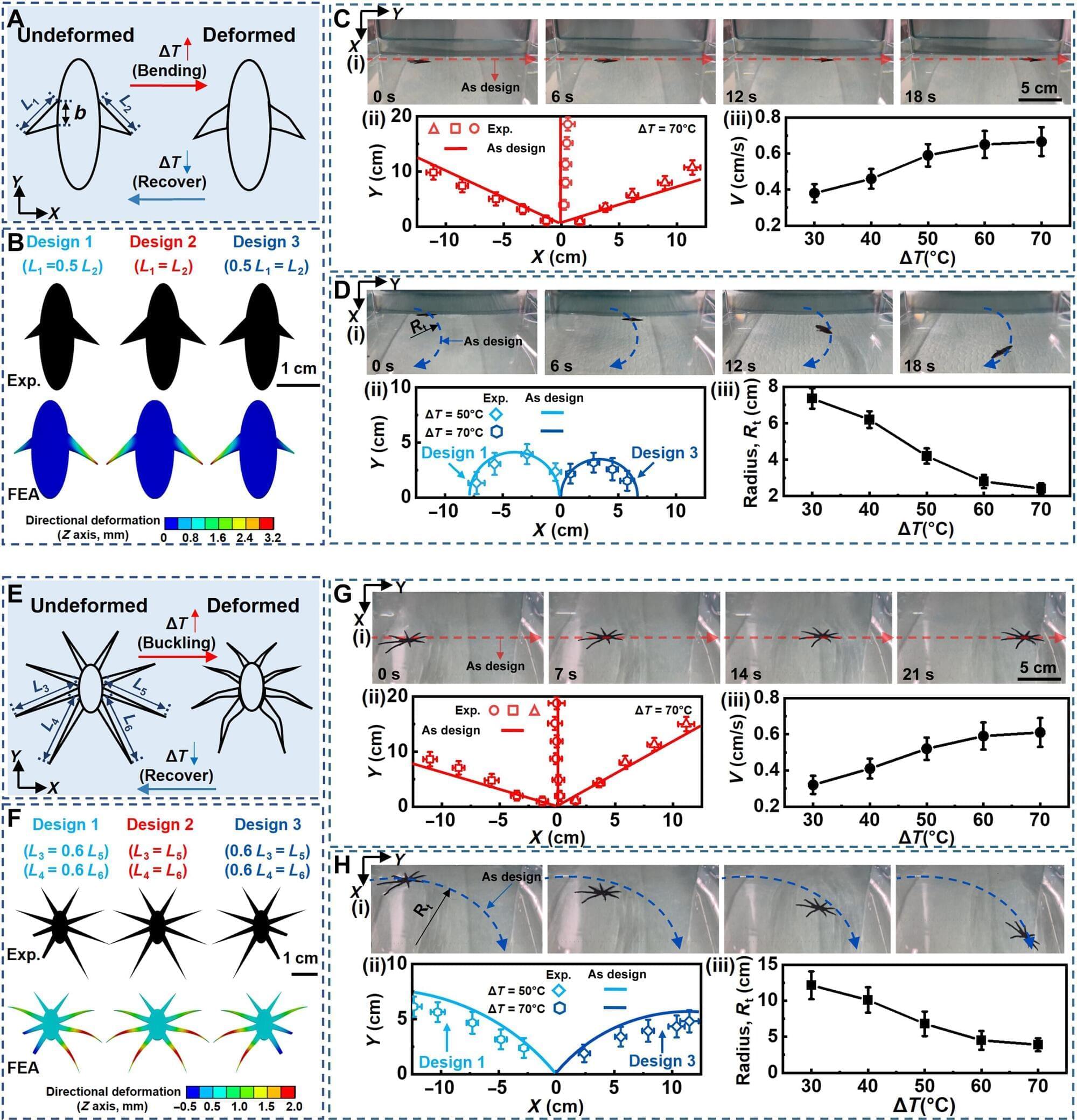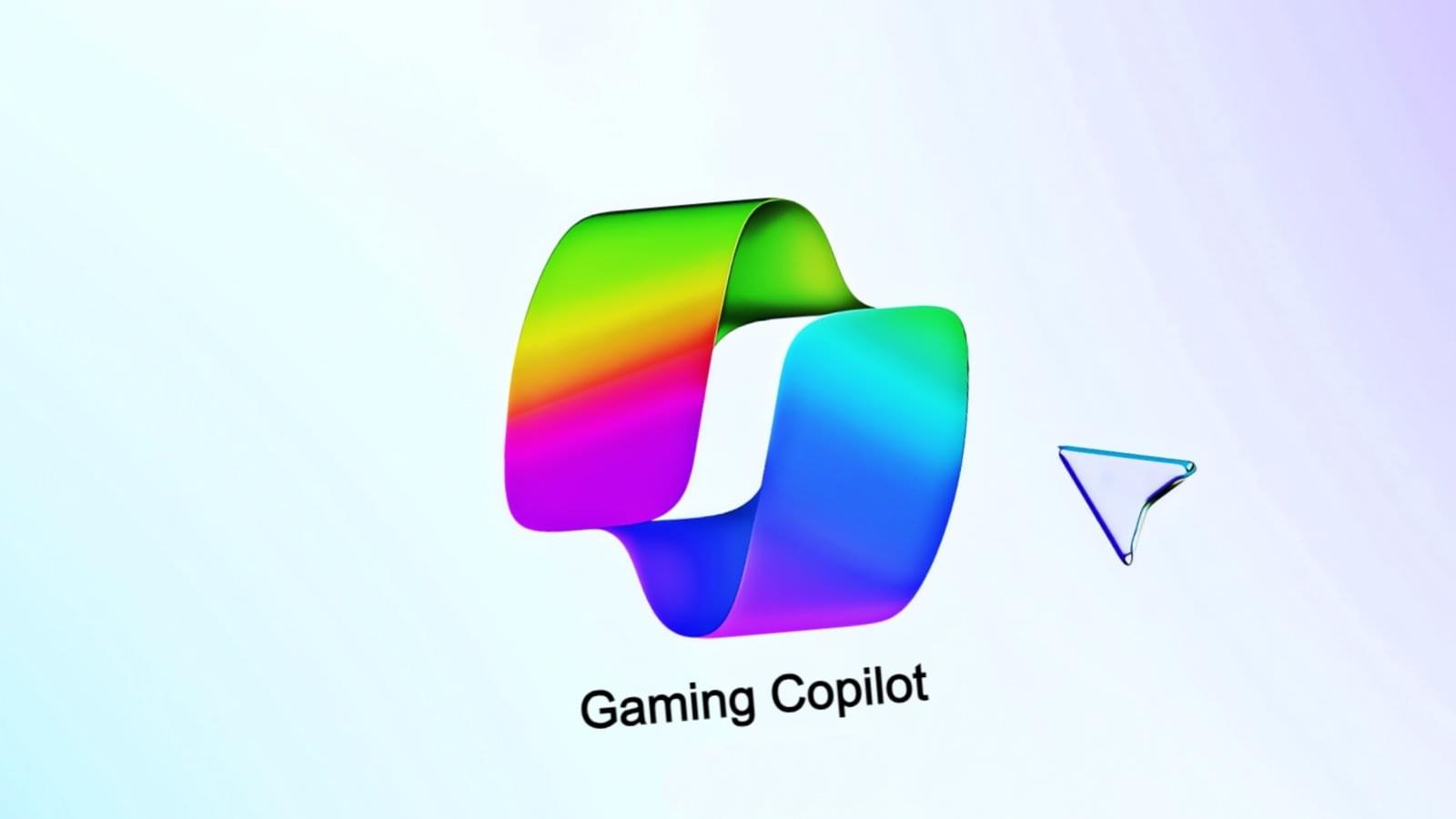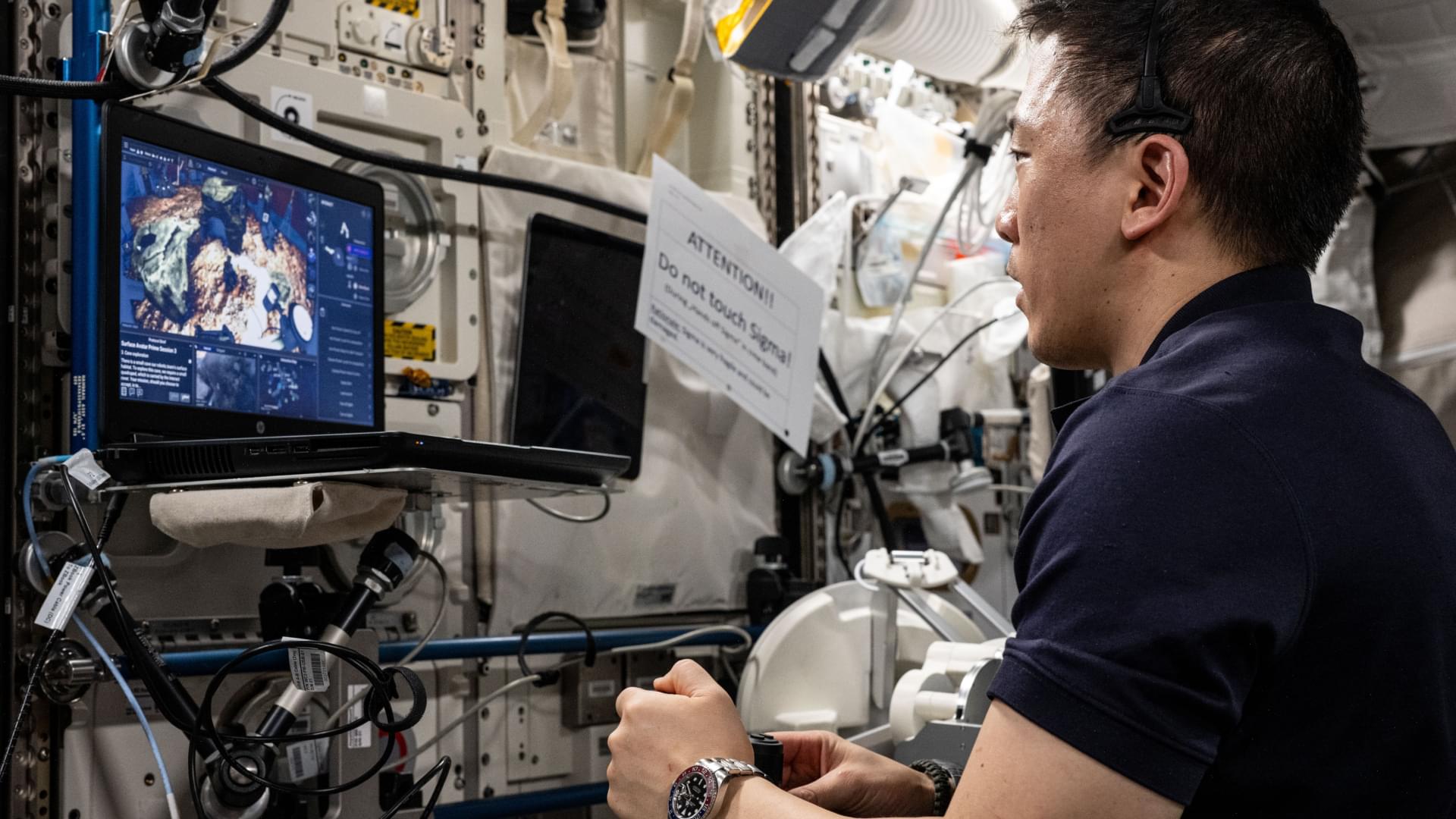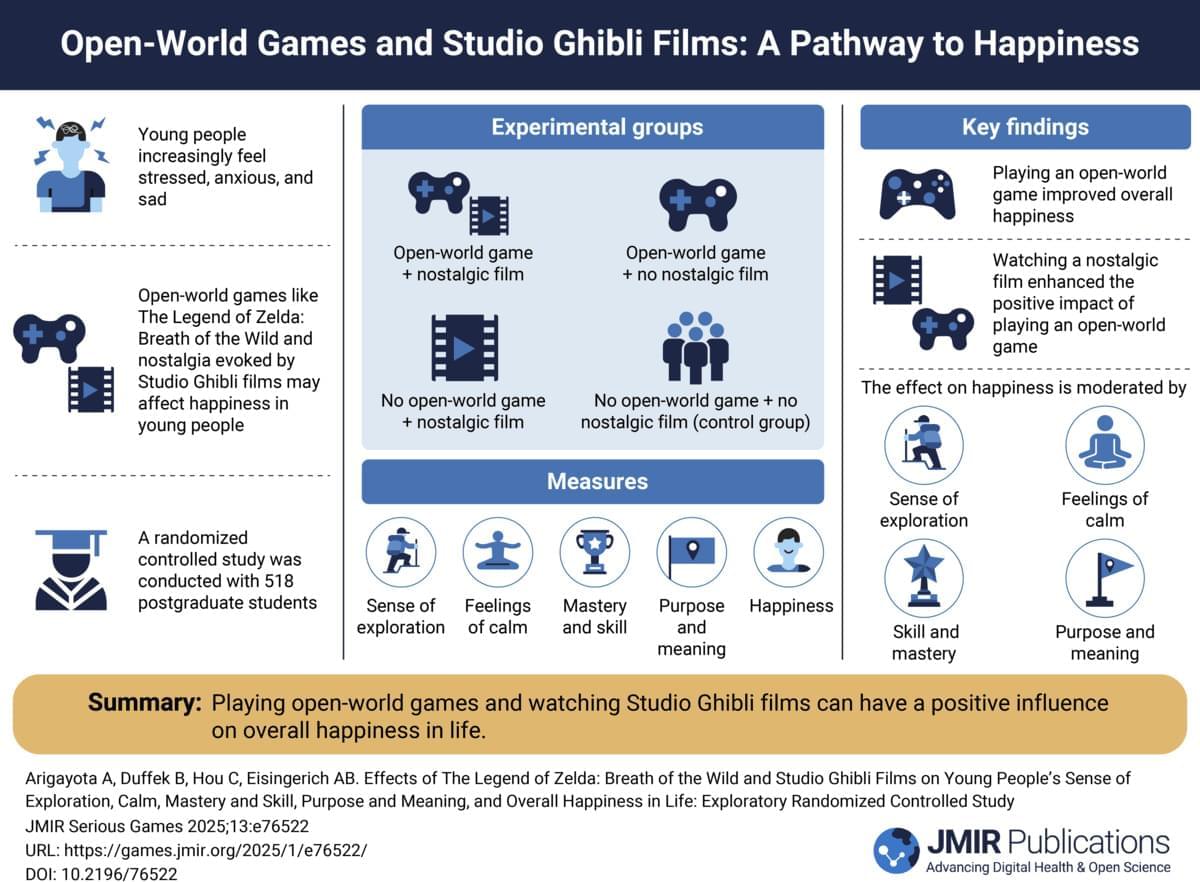Background: Young people feel increasingly anxious and sad nowadays. Engaging with works of art and entertainment, such as playing open-world games or watching Studio Ghibli films, can be more than just a pastime. However, the extent to which, if at all, open-world games and feelings of nostalgia affect overall happiness in life remains unclear.
Objective: This study aimed to examine the extent to which open-world games, such as The Legend of Zelda: Breath of the Wild, and nostalgia evoked by Studio Ghibli films, such as Hayao Miyazaki’s My Neighbor Totoro or Kiki’s Delivery Service, affect postgraduate students’ sense of exploration, calm, mastery and skill, purpose and meaning, and, ultimately, happiness in life.
Methods: A controlled laboratory experiment was conducted using a 2 (playing an open-world game vs no open-world game) × 2 (nostalgia vs no nostalgia) between-subject design. Study participants (N=518) were randomly assigned to the study’s 4 conditions and answered a brief questionnaire, examining their sense of exploration, calm, mastery and skill, purpose and meaning, and, ultimately, happiness in life. As part of the study, we conducted univariate analysis and bootstrapping-based moderated mediation analysis with 5,000 resamples.






